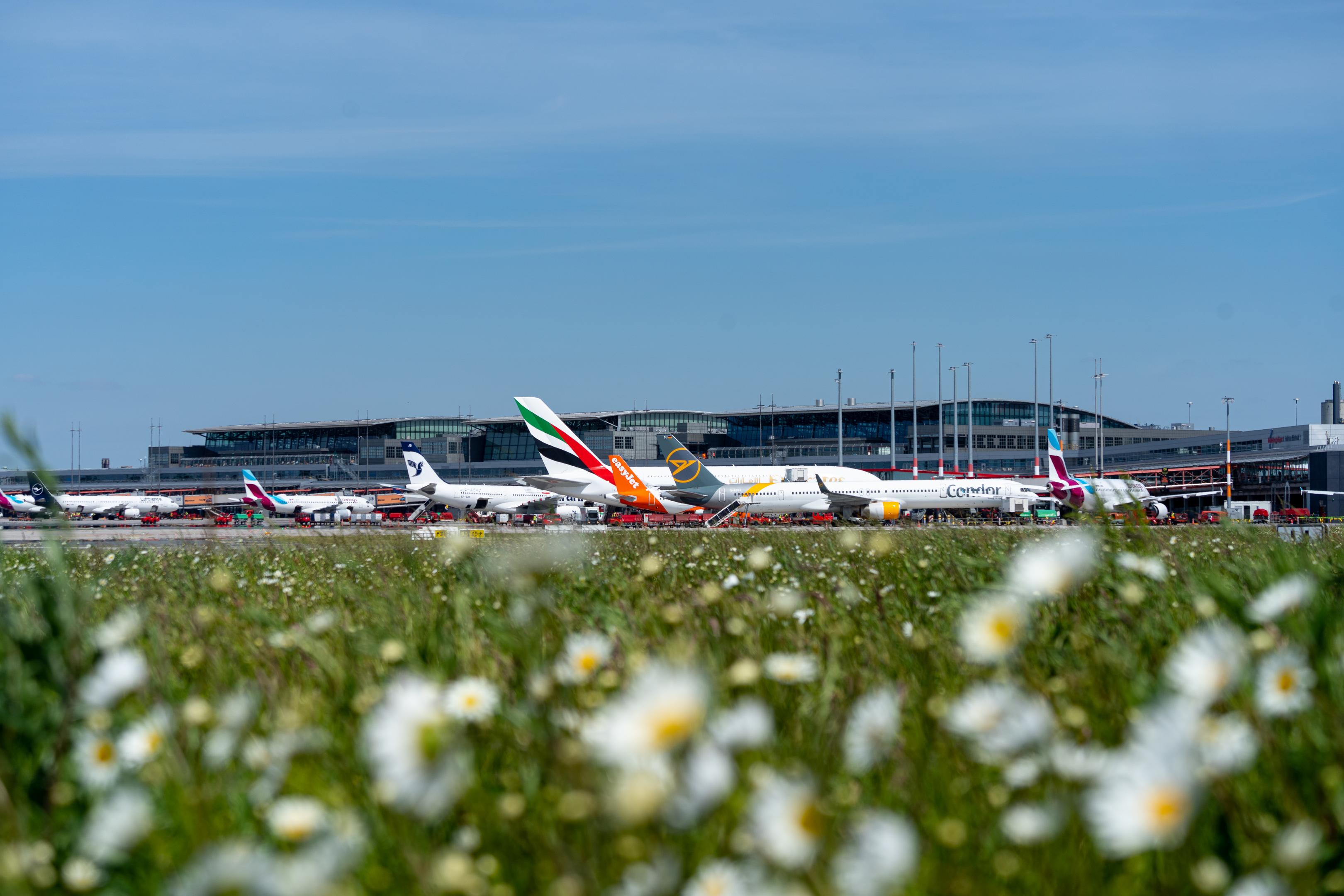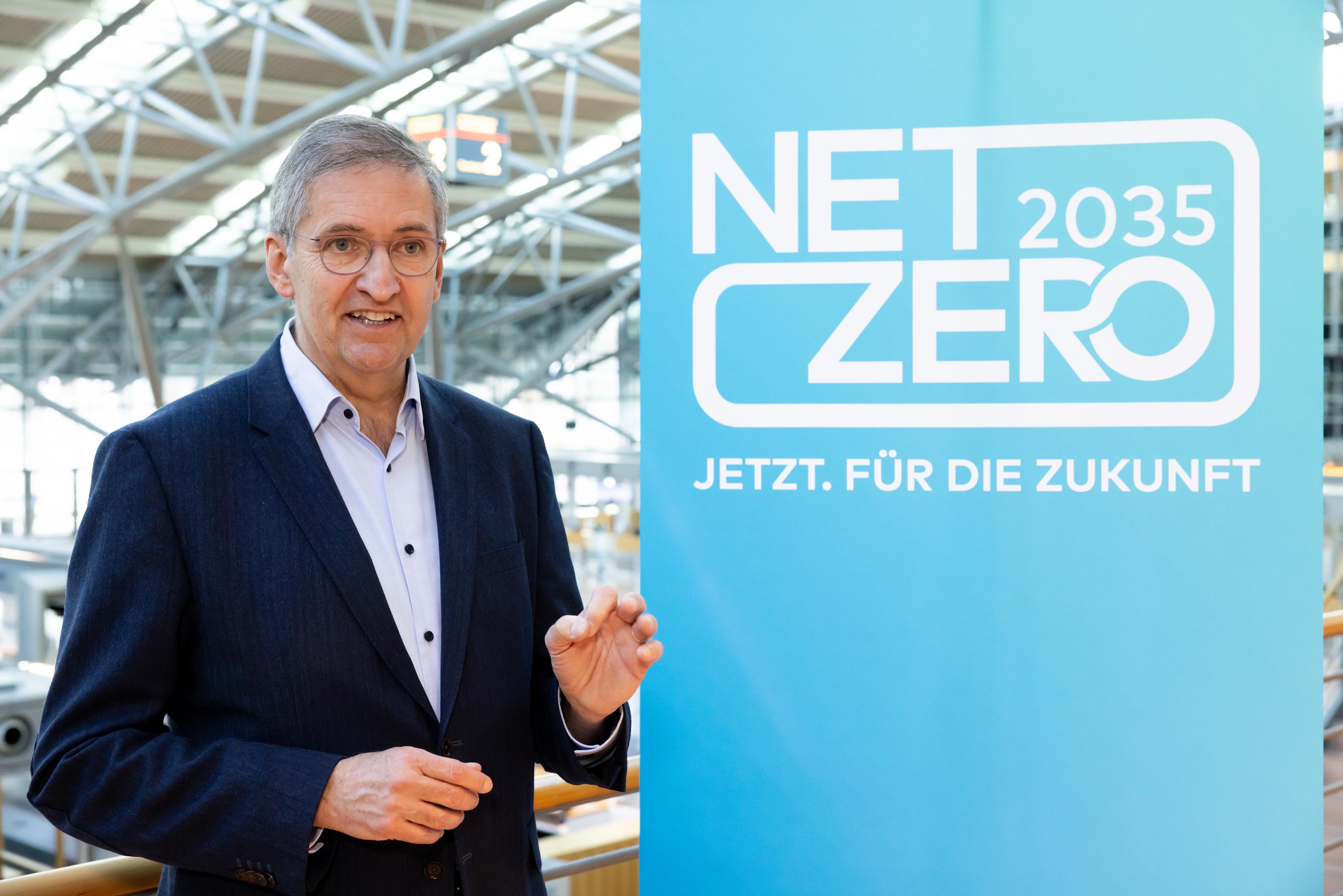


Despite the rippling effects of COVID-19, Hamburg Airport saw a significant reduction in losses in 2022. Although the German hub’s bottom line was drawn in the red for the third year running, the loss amounted to €27.2 million, which was significantly less than forecast. As a result of the rapid increase in demand for air travel, the airport’s turnover increased by €87.8 million over the previous year.
The airport also has its sights set on being net zero by 2035. Over the next 12 years, it aims to reduce its CO2 emissions through its climate protection project, which encompasses investments of up to a quarter of a billion euros and includes the construction of an airport-owned wind park close to Kaltenkirchen which has received an allocation of around €70 million.


The airport is on a mission to convert to 100% renewable energy and heat generation and is supporting its carriers in achieving climate-friendly aviation. The airports net zero plans are based on four pillars: Change in heating supply, vehicle conversions, future-proofing electricity supply to the airport and energy efficiency.
“Net Zero 2035 is an ambitious but achievable target, thanks to our climate protection measures, establsihed over several decades and continually being adapted and adjusted,” continued Eggenschwiler.
Looking ahead, Hamburg Airport expects that by the end of 2023 the airport will have served around 13.8 million passengers with more than 350,000 passengers per week forecast for July. To cope with this growth in demand, the airport is turning to technical solutions and personnel support from local partners. One of these technical solutions is the Slot & Fly project, which enables passengers to reserve a 15-minute slot for entering the security checkpoint, enabling them to better plan their journey. And while passengers are already able to see the current waiting time for the security checkpoint by checking it ahead of their arrival at the airport, a peak hour display will also soon be introduced.






